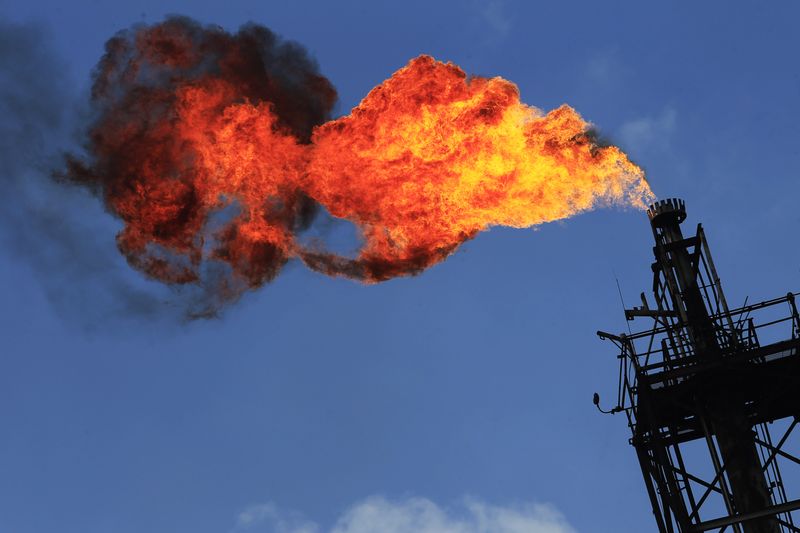Investing.com — The outlook for the European gas market remains exceptionally tight, largely driven by lower-than-expected inventories and increased competition on the global stage, according to analysts at Morgan Stanley.
As Europe approaches the winter season, the region faces significant pressure to attract enough LNG imports to meet demand, with storage levels unlikely to reach full capacity by the end of October.
This shortage creates additional dependence on LNG supplies, especially as Norwegian pipeline flows and North African imports remain limited due to ongoing maintenance issues.
Morgan Stanley points out that Europe is likely to start the winter with inventories 7% lower than last year, a gap caused by slow injection rates and increased competition from Asian markets, where demand for LNG continues to rise.
This puts Europe in a precarious position, especially as new LNG supply capacity remains limited until early 2025 and the market remains under pressure from growing consumption from key buyers such as China, Japan and South Korea.
As a result, TTF prices, which serve as a European gas benchmark, will need to remain high to ensure that Europe can compete effectively for LNG cargoes.
On prices, Morgan Stanley expects TTF to remain at or above $12.5 per million British thermal units (mmbtu) for the remainder of 2024, with prices expected to rise to $13/mmbtu during peak winter demand in the first quarter of 2025.
These figures represent an upward revision from previous forecasts and reflect the tighter-than-expected supply outlook and the increased likelihood of greater inventory drawdown over the winter months.
The broker notes that without a substantial increase in LNG imports, Europe could see its gas storage levels fall to just 51% by the end of March 2025, a sharp decline from the 56% recorded at the same time in 2023.
The tight supply situation is further exacerbated by extended maintenance schedules for Norwegian production facilities, especially the Troll gas field, further limiting European supply.
Meanwhile, competition with Asia for LNG is expected to remain fierce, with even a modest increase in Asian demand likely to push up prices.
As Morgan Stanley notes, Europe’s dependence on LNG cargoes makes the region particularly vulnerable to any disruptions to global supply or unexpected spikes in demand from other regions.
Looking ahead, Morgan Stanley analysts remain cautiously optimistic that new US LNG capacity will begin to alleviate some of the pressure by the second quarter of 2025.
Until then, however, Europe faces a highly competitive and limited market, with little room for error when it comes to managing supply risks and securing the necessary LNG volumes.
The brokerage continues to warn that any unexpected disruptions – whether geopolitical, supply chain-related or caused by extreme weather – could push prices even higher, exacerbating the challenges facing European gas consumers this winter .


